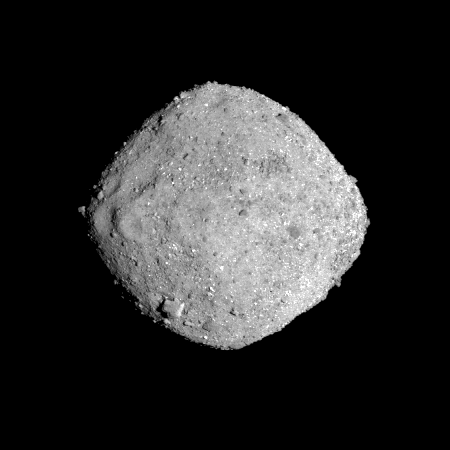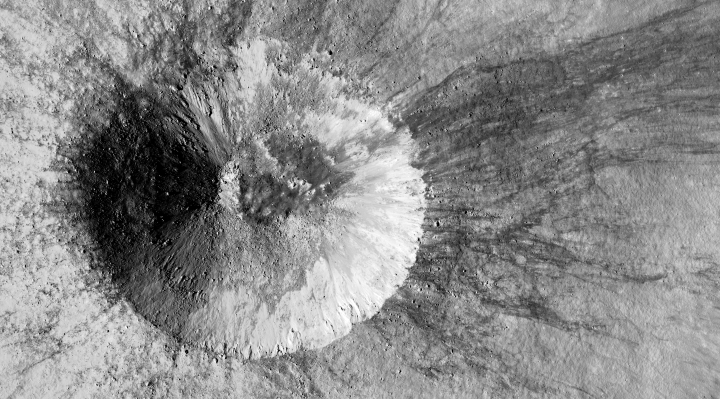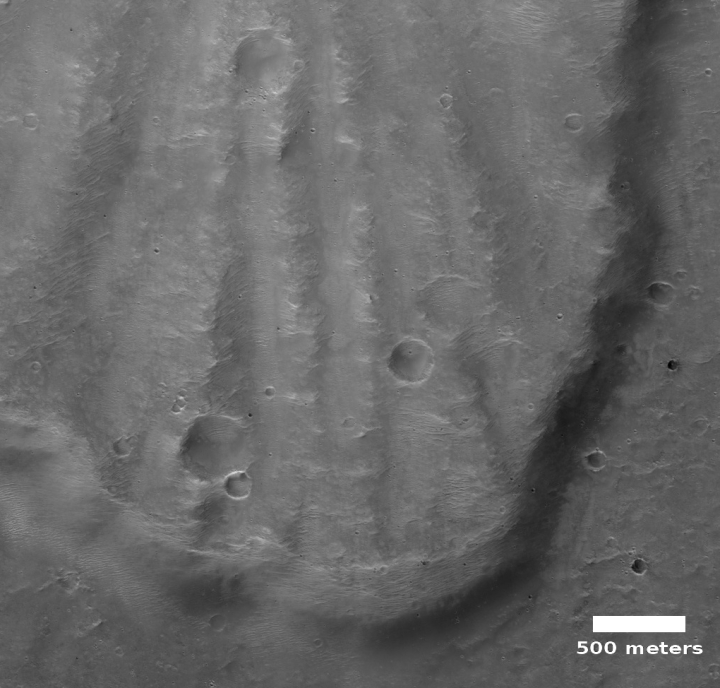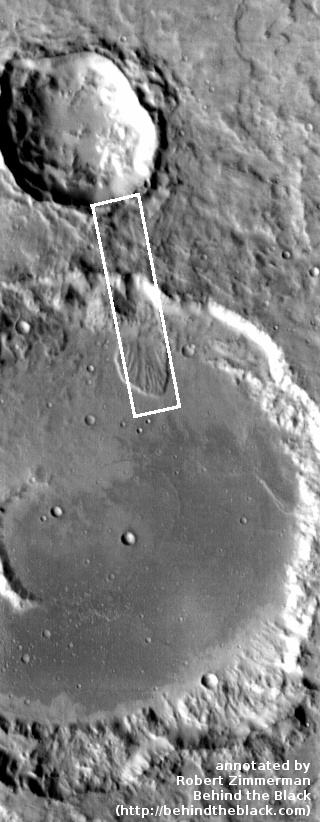InSight’s solar panels have opened
InSight engineers have now reported that solar panels have opened and are functioning properly.
NASA’s InSight has sent signals to Earth indicating that its solar panels are open and collecting sunlight on the Martian surface. NASA’s Mars Odyssey orbiter relayed the signals, which were received on Earth at about 5:30 p.m. PST (8:30 p.m. EST). Solar array deployment ensures the spacecraft can recharge its batteries each day. Odyssey also relayed a pair of images showing InSight’s landing site.
“The InSight team can rest a little easier tonight now that we know the spacecraft solar arrays are deployed and recharging the batteries,” said Tom Hoffman, InSight’s project manager at NASA’s Jet Propulsion Laboratory in Pasadena, California.
This was the last major event in the landing sequence, and with it they can now shift to the slow deployment of instruments over the next few weeks. Results from this spacecraft will not be sudden or spectacular. It is going to take time to get the spectrometer placed and than time to gather quake data.
InSight engineers have now reported that solar panels have opened and are functioning properly.
NASA’s InSight has sent signals to Earth indicating that its solar panels are open and collecting sunlight on the Martian surface. NASA’s Mars Odyssey orbiter relayed the signals, which were received on Earth at about 5:30 p.m. PST (8:30 p.m. EST). Solar array deployment ensures the spacecraft can recharge its batteries each day. Odyssey also relayed a pair of images showing InSight’s landing site.
“The InSight team can rest a little easier tonight now that we know the spacecraft solar arrays are deployed and recharging the batteries,” said Tom Hoffman, InSight’s project manager at NASA’s Jet Propulsion Laboratory in Pasadena, California.
This was the last major event in the landing sequence, and with it they can now shift to the slow deployment of instruments over the next few weeks. Results from this spacecraft will not be sudden or spectacular. It is going to take time to get the spectrometer placed and than time to gather quake data.








